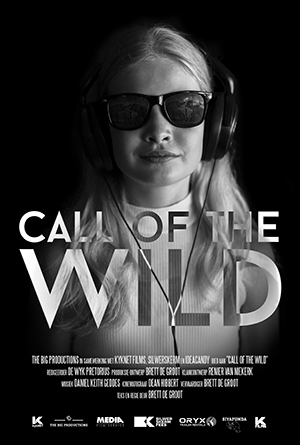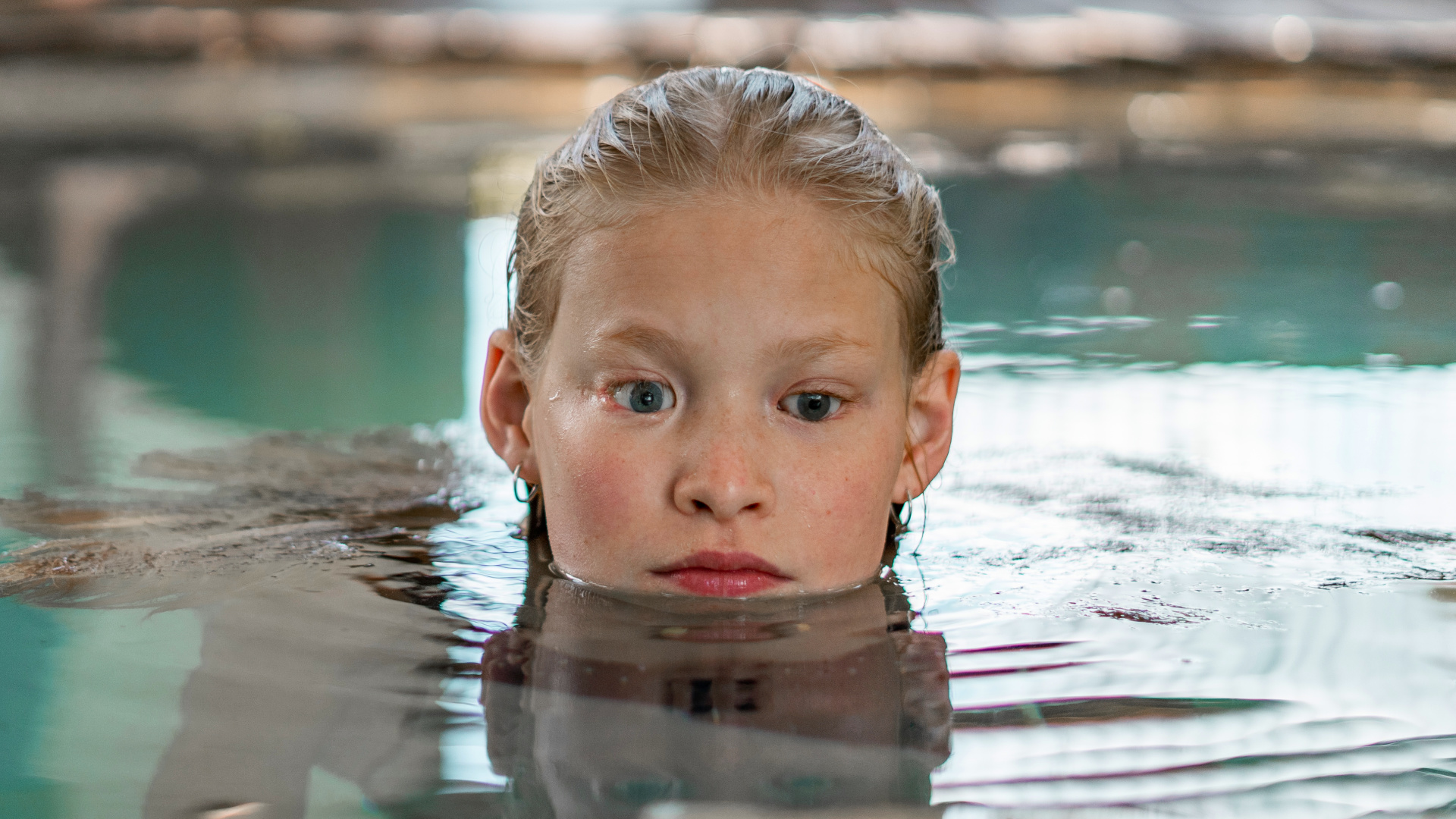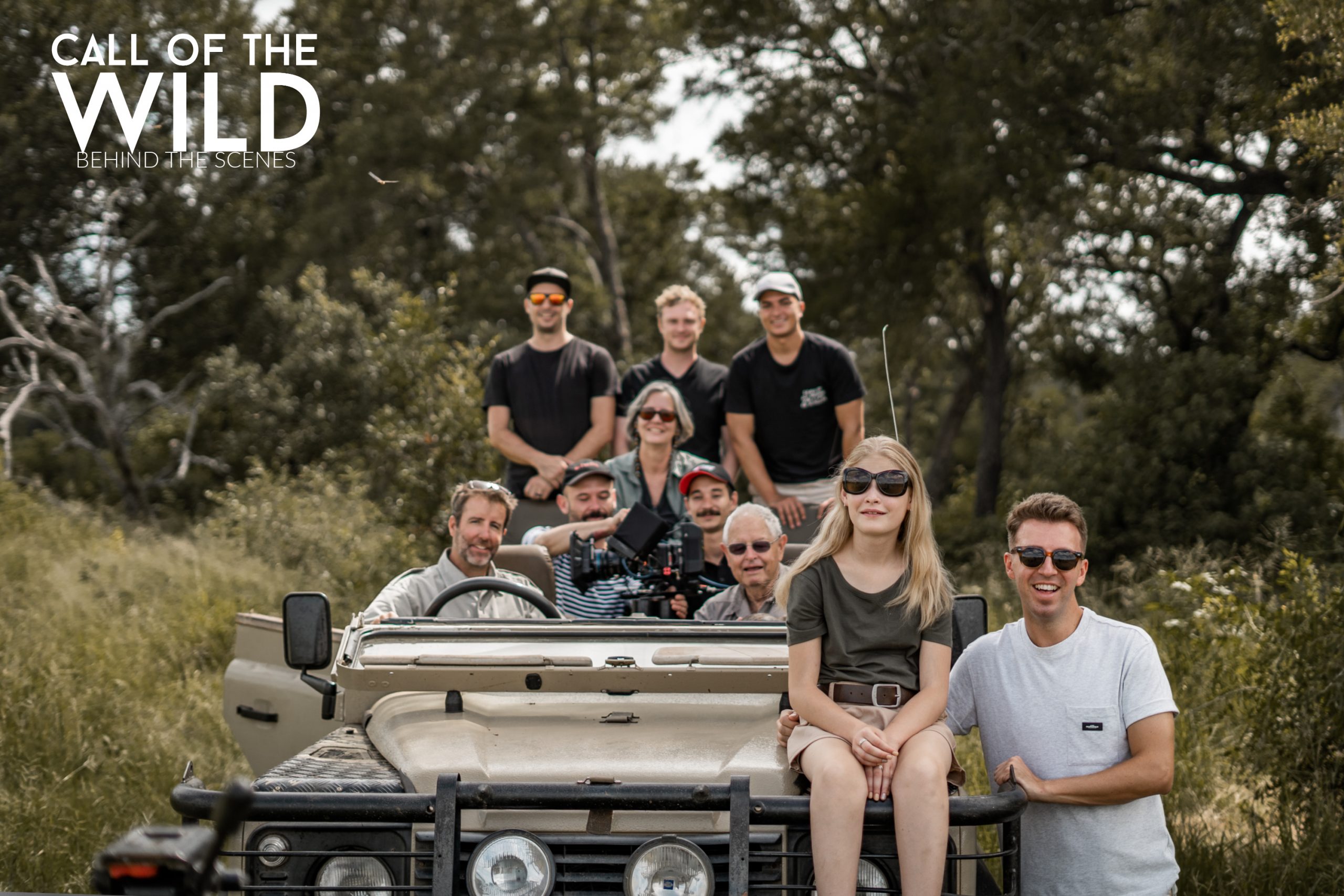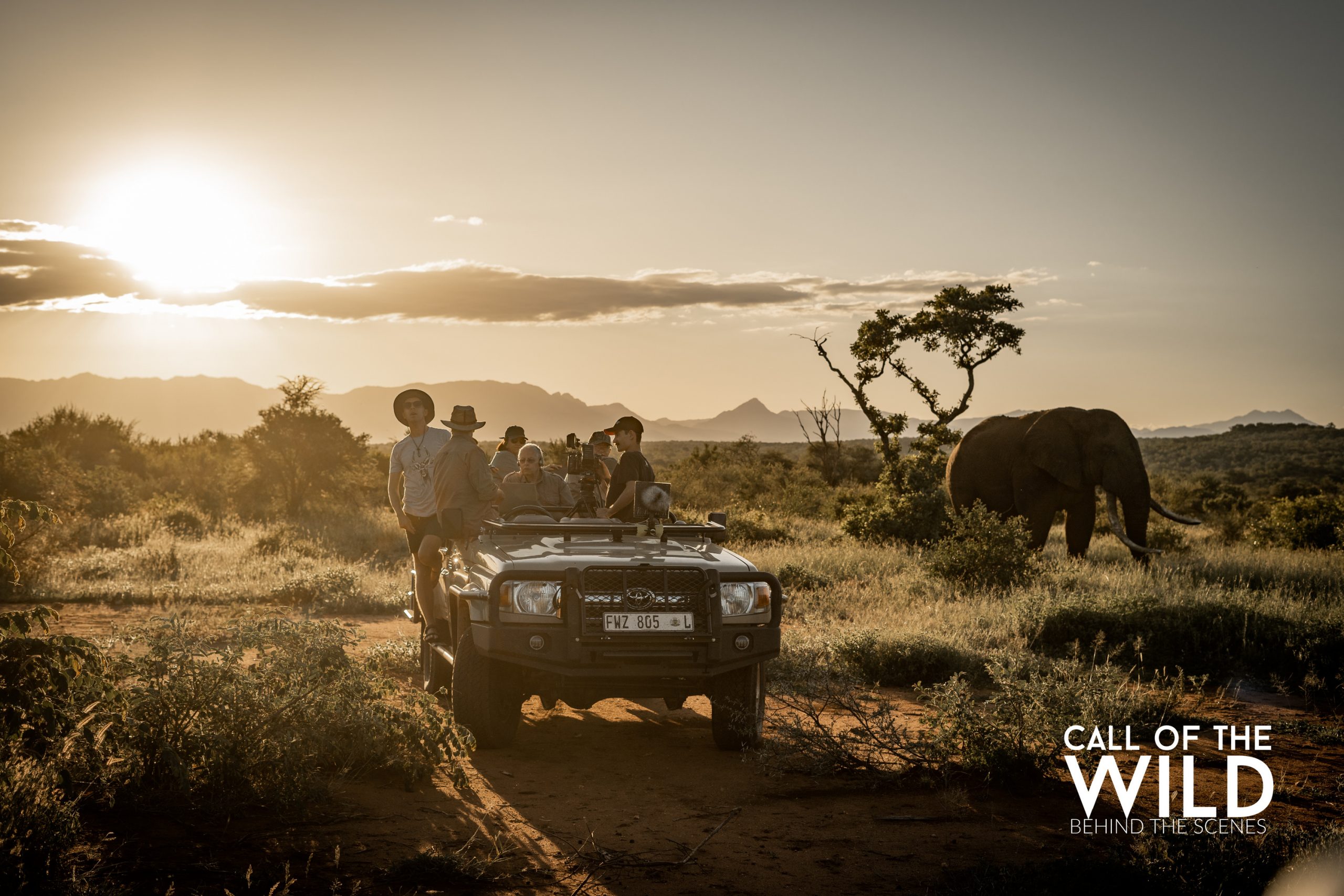



The groundbreaking documentary Call of the Wild takes an able-sighted and blind audience on a unique safari
How do you describe the breathtaking beauty of an African sunset to a blind person? How do you capture the majesty of a herd of elephants or the prowess of a lion at a water hole? It’s almost impossible to relay the vivid imagery of the African bush.
Producer, director and screenwriter Brett de Groot addresses this dilemma in the trailblazing documentary Call of the Wild which enthrals an able-sighted and visually impaired audience with a unique wildlife experience. We join Anika, a blind child with an incredible knack for identifying bird calls, on the first-ever documented sound safari.
This innovative bush adventure, designed by soundscape specialists Derek and Sarah Solomon, allows one to hear intricate and magical wildlife sounds with new ears – from a hippo’s underwater grumbling to territorial birdsong at sunrise..
To translate Anika’s extraordinary audio journey into the visual medium of film, Brett had to reinvent the way traditional wildlife documentaries are filmed.
According to Brett, one of his many challenges was to direct a young, blind person. “Able-sighted people are aware of the camera and know where to look and how to react with facial expressions,” Brett explains. “So, I had to develop a new way of directing. There was absolute silence on set so that Anika could follow my voice.”
Consequently, Brett and his crew communicated via sign language and whiteboards which helped to not pollute the sound safari.
But how do you make a documentary like this absorbing for both able-sighted and blind people? Here are some of the innovative techniques Brett employed:
- The use of synths prepares the ears to hear the sounds of nature with greater nuance. In this regard, the music was specifically composed to accompany – and not to overpower – these sensitive sensory sound elements.
- Filming was exceptionally complicated. Brett used three separate cameras – one in the air, one mounted on Anika’s game viewer, and one mounted on a different game viewer on a second vehicle to capture shots of the wildlife. Both vehicles were equipped with ultrasensitive sound equipment.
- The entire documentary is crafted to strip able-sighted viewers from relying on sight alone, as they tend to “listen with their eyes, not their ears”. Hence, all the animals were filmed in unusual ways, forcing the viewer to try and identify the sound first.
Anika told Brett in no uncertain terms that she wanted the documentary to be a positive story which doesn’t focus too much on her tragic past as an orphan. “Adhering to her wish and because she is quite reserved, the project became an exercise in gentle storytelling to let her shine.”
Call of the Wild is screened at the festival on Friday, 25 August, at 11:30 and will move to kykNET and Showmax thereafter.
